Nationality British Podiums 0 Active years 1977 Wins 0 | Championships 0 Entries 11 (7 starts) Name David Purley | |
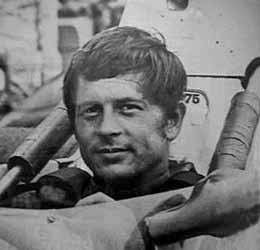 | ||
Similar People Roger Williamson, Guy Edwards, Andy Sutcliffe, James Hunt, Brian McGuire Died 2 July 1985 (aged 40) English Channel, close to Bognor Regis, United Kingdom | ||
Synd 30 7 73 interview with racing driver david purley regarding the death of roger williamson
David Charles Purley, GM (26 January 1945 – 2 July 1985) was a British racing driver born in Bognor Regis, West Sussex, who participated in 11 Formula One World Championship Grands Prix, debuting at Monaco in 1973.
Contents
- Synd 30 7 73 interview with racing driver david purley regarding the death of roger williamson
- Formula 5000 1975 David Purley at Oulton Park
- Early life
- Career
- Books
- References
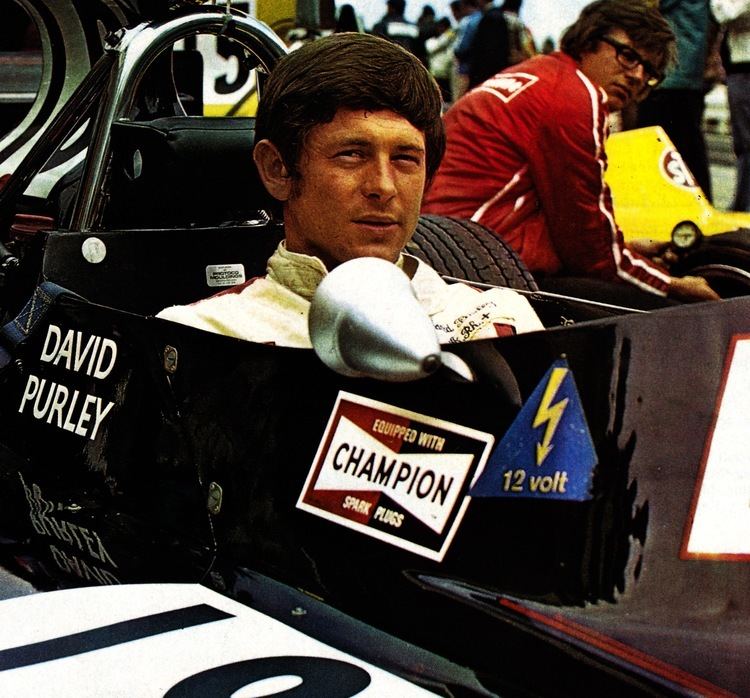
Purley is best known for his actions at the 1973 Dutch Grand Prix, where he abandoned his own race and attempted to save the life of fellow driver Roger Williamson, whose car was upside down and on fire following a serious accident. Purley was awarded the George Medal for his courage in trying to save Williamson, who suffocated in the blaze.
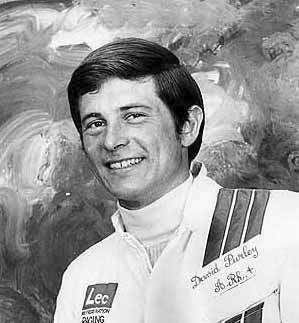
During pre-qualifying for the 1977 British Grand Prix Purley sustained multiple bone fractures after his car's throttle stuck open and he crashed into a wall. His deceleration from 173 km/h (108 mph) to 0 in a distance of 66 cm (26 in) is one of the highest G-loads survived in a crash. He scored no championship points during his Formula One career. He died in a plane crash, having retired from motorsport and taken up aerobatics, in 1985.
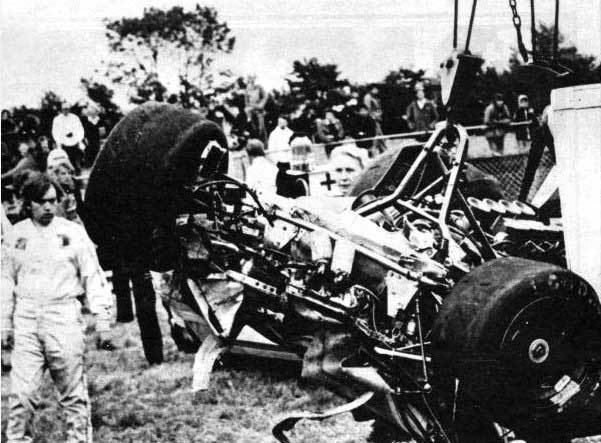
Formula 5000 1975 - David Purley at Oulton Park
Early life
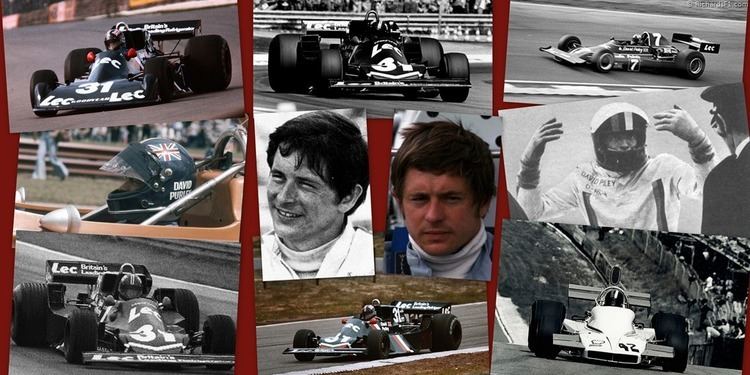
Purley's father was Charles Purley, the founder of LEC Refrigeration. Birth and death records show that his father's name was originally Puxley but he preferred the name Purley. His mother was Welsh, having been born in the small village of Cwmfelinfach. David went to school at Seaford College and then Dartington Hall School in Devon.
Career
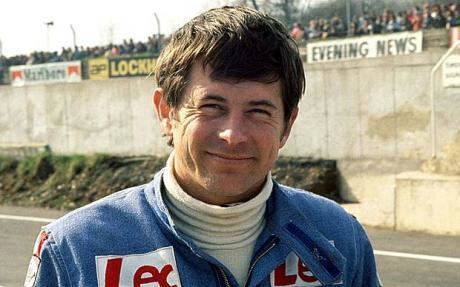
After spending time as an officer in the British Army (he served with the Parachute Regiment in Aden, Yemen), and then racing in various series with an AC Cobra and a Chevron, Purley raced in Formula Three with some success including three Wins at Chimay between 1970 and 1972.
In 1972 Purley was one of only two drivers to attempt to race the Connew Grand Prix car in its original Formula One configuration. He was entered at the end of season World Championship Victory Race at Brands Hatch but did not start. Purley had asked for an electrical "kill" switch to be fitted to the steering wheel, but this malfunctioned on the warm up lap, the engine stopped, and the car was retired.
In 1973 Purley hired a March and with backing from his family's refrigeration company he made a largely unsuccessful attempt at Formula One.
At the 1973 Dutch Grand Prix, upon witnessing a crash which left fellow British driver Roger Williamson trapped in his overturned and burning car, Purley abandoned his own race and attempted to save Williamson, who was participating in only his second Formula One race. Purley later recalled that upon arriving at the scene, he heard Williamson crying for help as the fire began to take hold. Purley's efforts to right the car and extinguish the flames were in vain as he received no help from nearby track marshals or emergency workers, in spite of attempts to encourage them, and other passing drivers, to come to his aid; Williamson died from asphyxiation. The marshals were not wearing fire resistant clothing and the passing drivers assumed that Purley was attempting to extinguish his own car, having escaped a fiery crash unharmed.
A sequence of pictures taken by photographer Cor Mooij of the accident won the Photo Sequences category of that year's World Press Photo. Later, Purley was awarded the George Medal for his rescue attempt. The story, and film footage of the rescue attempt, feature in a 2010 BBC documentary entitled Grand Prix: The Killer Years.
Apart from a one-off participation with Token at his home Grand Prix in 1974, Purley stayed out of Formula One for a few years, preferring to compete in Formula Two driving Chevrons and Marches for Hong Kong-based millionaire Bob Harper, and Formula 5000 where he won the British Championship in 1976 in a Chevron powered by the Cosworth GA 3.4-litre V6 engine. In 1974 Purley won the Brighton Speed Trials driving a Trojan-Chevrolet T101, winning again the following year in a Chevron-GA B30.
He returned to Formula One in 1977 with his own LEC chassis designed by Mike Pilbeam and run by Mike Earle. It was this car in which he suffered serious injuries in an accident during practice for that year's British Grand Prix. He survived an estimated 179.8 g when he decelerated from 173 km/h (108 mph) to 0 in a distance of 66 cm (26 inches) after his throttle became stuck wide open and he hit a wall. This was the highest measured g-force ever survived by a human being (until in 2003, Kenny Bräck's crash violence recording system measured 214 g). Purley suffered multiple fractures to his legs, pelvis and ribs.
Purley recovered to race again although he confined his activities to the minor Aurora AFX series of Formula One races in Britain. The remains of Purley's crashed LEC and its replacement are displayed at a museum at Donington Park.
Following his decision to quit motorsport, Purley moved into competition aerobatics. He died on 2 July 1985 when his Pitts Special aerobatic biplane crashed into the English Channel off Bognor Regis.
